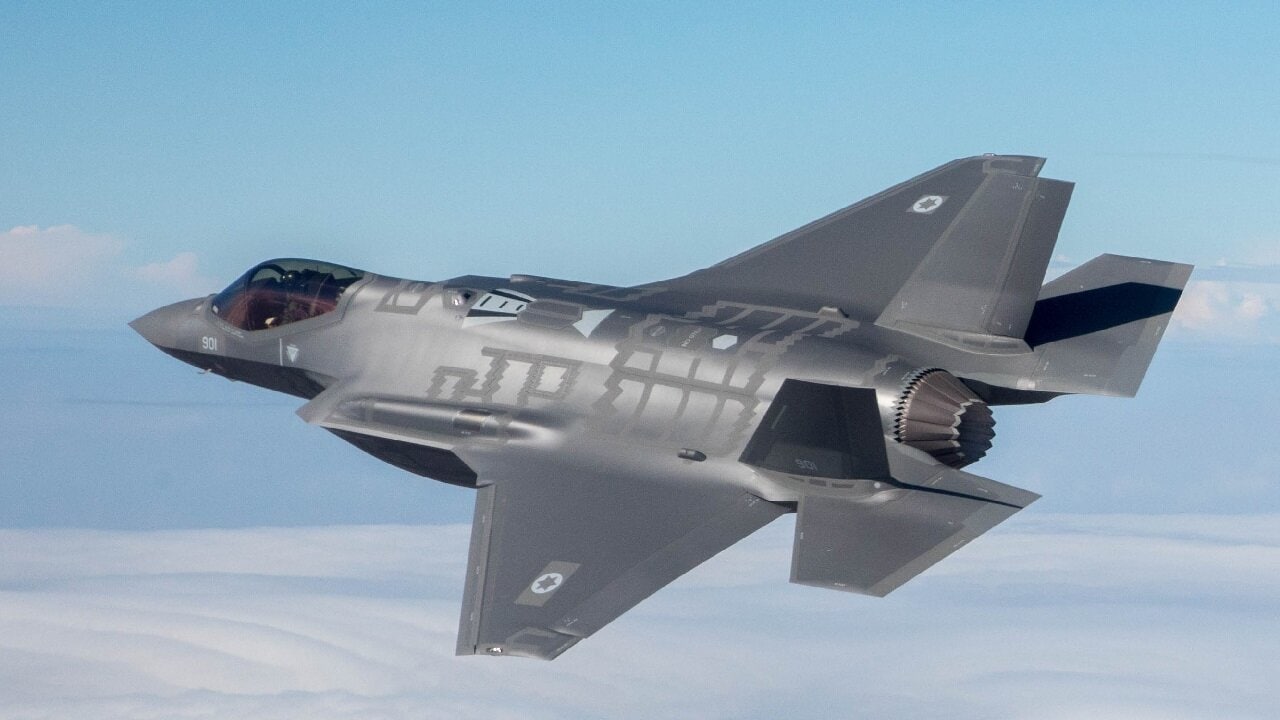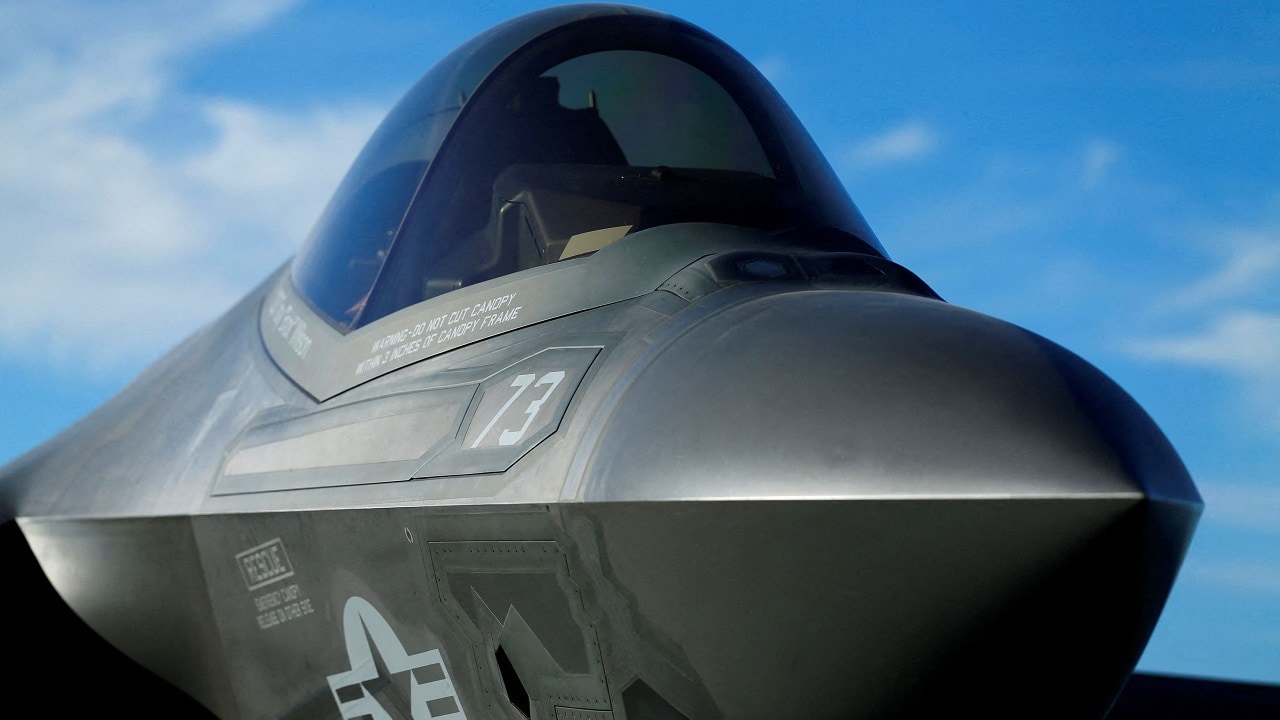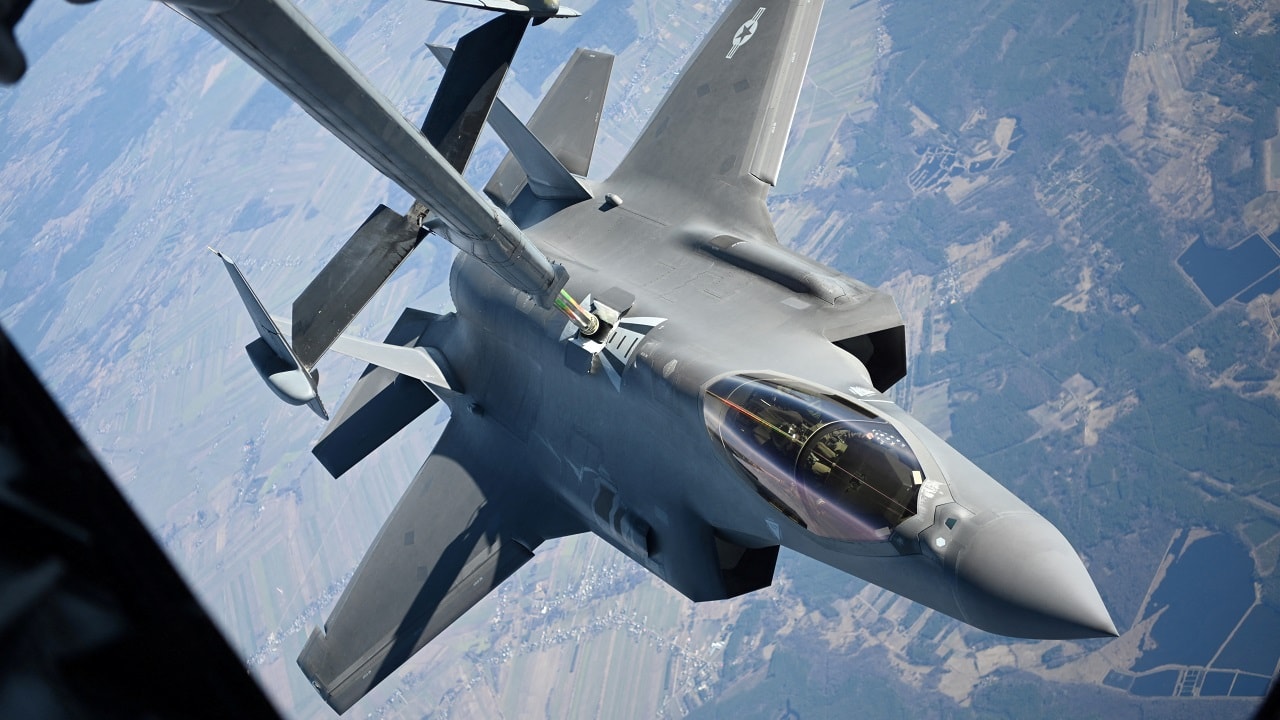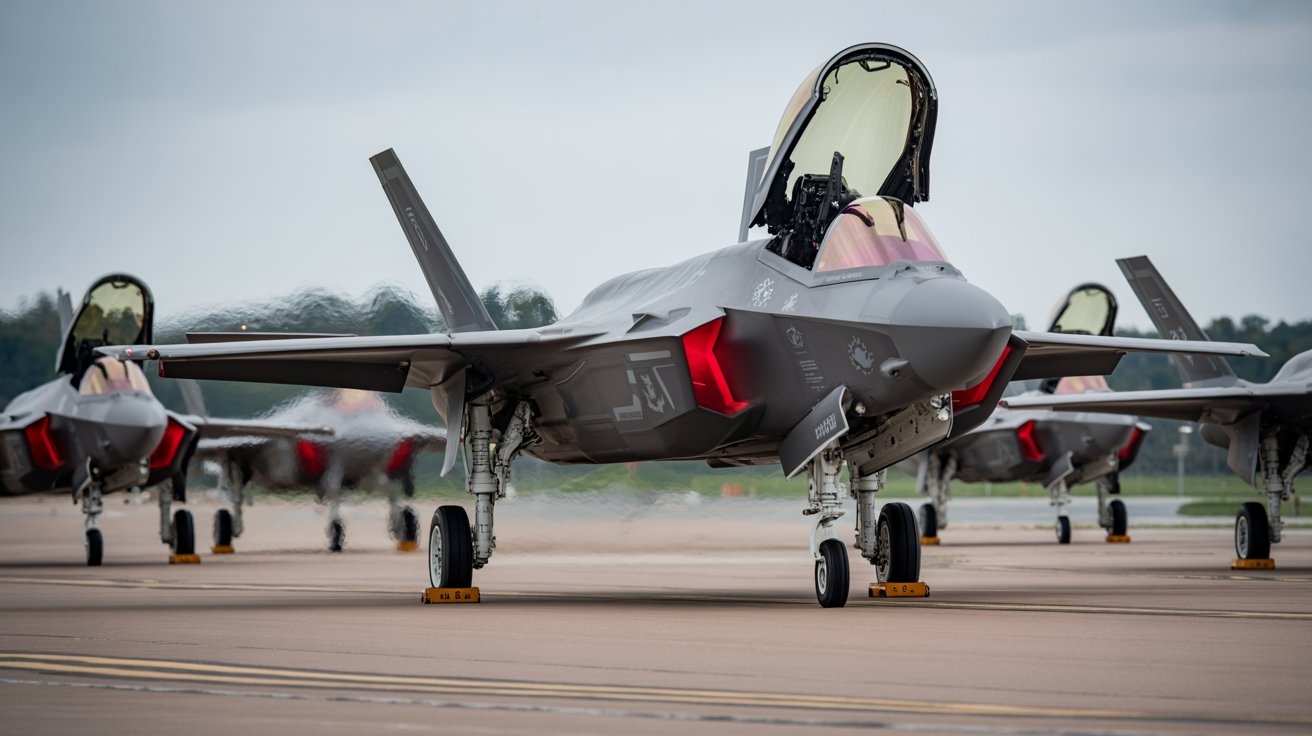Regarding fighter jet production, one aspect that often gets overlooked is economic development. Countries with a deep defense industrial base can sustain local economies by creating high-paying advanced manufacturing jobs in the military sector.
I once wrote a book partially on how defense spending affects employment in the United States, and I found out that states in the “gun belt” have more jobs that are related to the size of military budgets. Without such defense hardware production lines, there is quite a negative economic impact.
Indeed, Canada’s F-35 call could come down to just a simple word: money
What’s the Situation on Canada and F-35?
Canada had agreed earlier to purchase 88 F-35 stealth fighters from the United States, but this deal was in jeopardy. Prime Minister Mark Carney is reconsidering the accord, and now Canada may not buy the entire batch. Funds for 16 F-35s have already been allocated to Lockheed Martin, the manufacturer of the Lightning II. However, these could be cancelled too if Carney decides to nix the Americans.
The F-35 Has a Significant Economic Impact
The Joint Strike Fighter is integral to Canada’s overall employment level and GDP growth. Canada is part of the Lightning II’s global supply chain; losing the F-35 would hurt the Canadian economy. OMX Data Analytics conducted an economic study on the F-35’s effect on the country’s defense industrial base, and it made the following calculations.
The production impact from 2007 to 2019 for the F-35 was worth $2.4 billion. There were 1,418 jobs sustained or created. From 2007 to 2046, this contract will have a production impact of $11.7 billion and keep 2,525 Canadians employed. From 2026 to 2058, when the first F-35s arrive from the United States, Canada will enjoy a positive impact on GDP of $5.1 billion and 1,674 jobs sustained.
The Entire Country Would Feel the Pain
The F-35 has an economic impact in all regions of the country – Ontario, Quebec, plus the Western and Atlantic regions. The jobs include careers in electronics, aerospace engineering, systems design, advanced machinery, communications, and avionics. Thirty-seven percent of the factories are small and medium enterprises. This manufacturing bloc is extensive, and provincial governments are likely to remind Carney that the local economies could not afford to lose the F-35 contract.
These are significant numbers that President Donald Trump and perhaps Secretary of Defense Pete Hegseth will remind the Canadians in what will likely be negotiations under the rubric of “fighter plane diplomacy.” Carney is sure to examine these figures and may reconsider canceling the deal.
Canada’s Economy Is Struggling Already
The Canadian economy is not that healthy. Projected GDP growth in 2025 is only around 1.25 percent. The unemployment rate is forecasted to be as high as 7 percent. With Trump’s trade war and U.S. tariffs on Canadian goods, these statistics may get worse.
Carney is an economist who was educated at Harvard and Oxford. He was also the Governor of the Bank of Canada. Carney knows the current GDP and jobs numbers by heart, and if he is to have a successful tenure as prime minister, he must improve the Canadian economy with better employment and GDP growth. Canada could easily slip into a recession, and losing the F-35 production and supply chain would hurt these efforts.
What About Choosing Another Airplane?
Carney has another option to mitigate the negative economic impacts of the F-35 cancellation. Another manufacturer besides Lockheed Martin is competing for Canada’s hearts and minds. Sweden’s Saab has offered the JAS 39 Gripen fighter.
This airplane has many redeeming features and is popular with some international customers. Sweden and Saab have provided the opportunity for Canada to manufacture the Gripen in Canada and produce spare parts and other components. It is unclear how many jobs would be created by Saab granting Canada a manufacturing license, but this could allow many workers to have high-paying positions, similar to what the F-35 creates.
Carney will ask his economists to conduct another production impact report that could compare and contrast the F-35 supply chain jobs with the JAS 39 potential plant. If the Saab facility employed over 2,000 people, it may be worth examining whether the Gripen could fill the military need.
The prime minister will likely get an earful from Trump and Hegseth. The F-35 is manufactured in Fort Worth, Texas, and has a substantial economic impact on that city and on suppliers around the country. Eighty-eight airplanes are a significant number and would keep the plant busy. A batch of 16 fighters may have already been built for Canada. Carney could take those and then choose the Gripen to replace the aging CF-18 Hornet fighter, which must retire.

Israeli Air Force F-35I Adir stealth multi-role fighter.

A Lockheed Martin Corp’s F-35C Joint Strike Fighter is shown on the deck of the USS Nimitz aircraft carrier after making the plane’s first ever carrier landing using its tailhook system, off the coast of California, November 3, 2014.

A U.S. Air Force F-35 Lightning II aircraft assigned to the 34th Fighter Squadron receives fuel from a KC-10 Extender aircraft over Poland, February 24, 2022. U.S. Air Force/Senior Airman Joseph Barron
Canada has a tough choice to make. There are military necessities that must be balanced with economic impact. There is no room to lose jobs with a recession around the corner and high unemployment already. The Trump trade war could damage the economy even further. The Canadian defense industrial base must be nurtured, and whichever airplane the country chooses for its go-to fighter must keep people employed and the local economies boosted.
About the Author: Dr. Brent M. Eastwood
Brent M. Eastwood, PhD is the author of Don’t Turn Your Back On the World: a Conservative Foreign Policy and Humans, Machines, and Data: Future Trends in Warfare plus two other books. Brent was the founder and CEO of a tech firm that predicted world events using artificial intelligence. He served as a legislative fellow for U.S. Senator Tim Scott and advised the senator on defense and foreign policy issues. He has taught at American University, George Washington University, and George Mason University. Brent is a former U.S. Army Infantry officer. He can be followed on X @BMEastwood.

